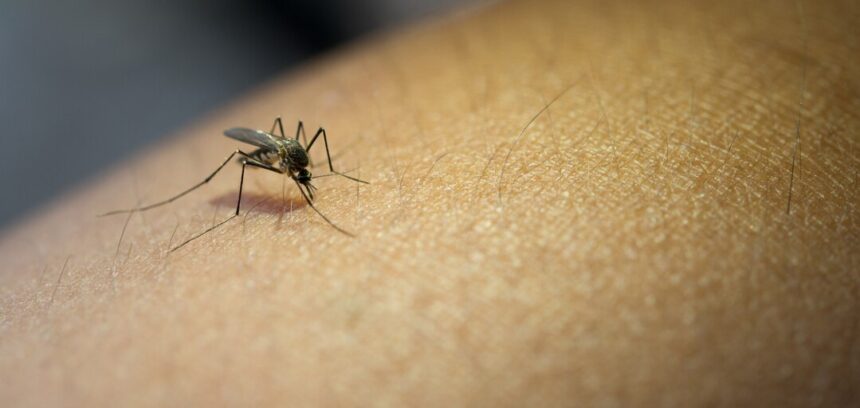Malaria, a potentially life-threatening disease caused by parasites transmitted through the bites of infected mosquitoes, continues to be a significant global health challenge. While prevention through mosquito control measures and antimalarial drugs remains the cornerstone of malaria control, managing the disease effectively is crucial for reducing morbidity and mortality rates. Here are ten effective strategies to manage malaria:
1. Early Diagnosis: Prompt and accurate diagnosis of malaria is essential for initiating appropriate treatment and preventing complications. Rapid diagnostic tests (RDTs) and microscopic examination of blood smears are commonly used methods for diagnosing malaria.
2. Antimalarial Treatment: Antimalarial medications are the mainstay of malaria treatment. The choice of medication depends on various factors, including the species of the malaria parasite, the severity of the infection, and the drug resistance patterns in the region. Artemisinin-based combination therapies (ACTs) are recommended as first-line treatment for uncomplicated malaria in most regions.
3. Hospitalization for Severe Cases: Severe malaria requires hospitalization for close monitoring and supportive care, including intravenous administration of antimalarial drugs, fluid resuscitation, and management of complications such as cerebral malaria, severe anemia, or respiratory distress.
4. Symptomatic Treatment: Managing symptoms such as fever, chills, headache, and muscle aches can help improve patient comfort and well-being. Over-the-counter medications such as acetaminophen (paracetamol) can help alleviate fever and pain.
5. Prevent Complications: Malaria can lead to severe complications, particularly in vulnerable populations such as young children, pregnant women, and individuals with compromised immune systems. Timely treatment and supportive care can help prevent complications and improve outcomes.
6. Vector Control: Preventing mosquito bites is crucial for malaria prevention and control. Implementing vector control measures such as the use of insecticide-treated bed nets, indoor residual spraying with insecticides, and environmental management to reduce mosquito breeding sites can significantly reduce malaria transmission.
7. Chemoprevention: In areas with high malaria transmission rates, chemoprevention strategies such as intermittent preventive treatment in pregnancy (IPTp) and seasonal malaria chemoprevention (SMC) for children can reduce the risk of malaria infection and its associated complications.
8. Community Engagement: Engaging communities in malaria control efforts is essential for increasing awareness, promoting preventive behaviors, and ensuring access to timely diagnosis and treatment services. Community health workers play a vital role in delivering malaria education, distributing bed nets, and conducting case management at the community level.
9. Surveillance and Monitoring: Surveillance systems for monitoring malaria cases, drug resistance patterns, and mosquito vector populations are essential for guiding control efforts, identifying emerging threats, and evaluating the impact of interventions.
10. Research and Innovation: Continued investment in research and innovation is critical for developing new tools, technologies, and strategies for malaria prevention, diagnosis, and treatment. This includes efforts to develop malaria vaccines, improve diagnostic tests, and combat insecticide resistance in mosquito vectors.
Effective management of malaria requires a comprehensive approach that encompasses early diagnosis, prompt treatment, prevention of complications, vector control, community engagement, and research and innovation. By implementing these ten strategies, healthcare systems, governments, and communities can work together to reduce the burden of malaria and move closer to the goal of malaria elimination. It is imperative to sustain efforts and investments in malaria control to achieve long-term success and improve the health and well-being of populations at risk of malaria worldwide.










